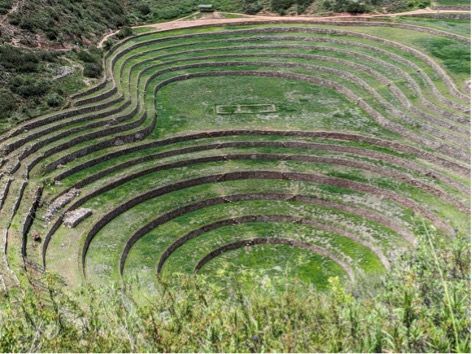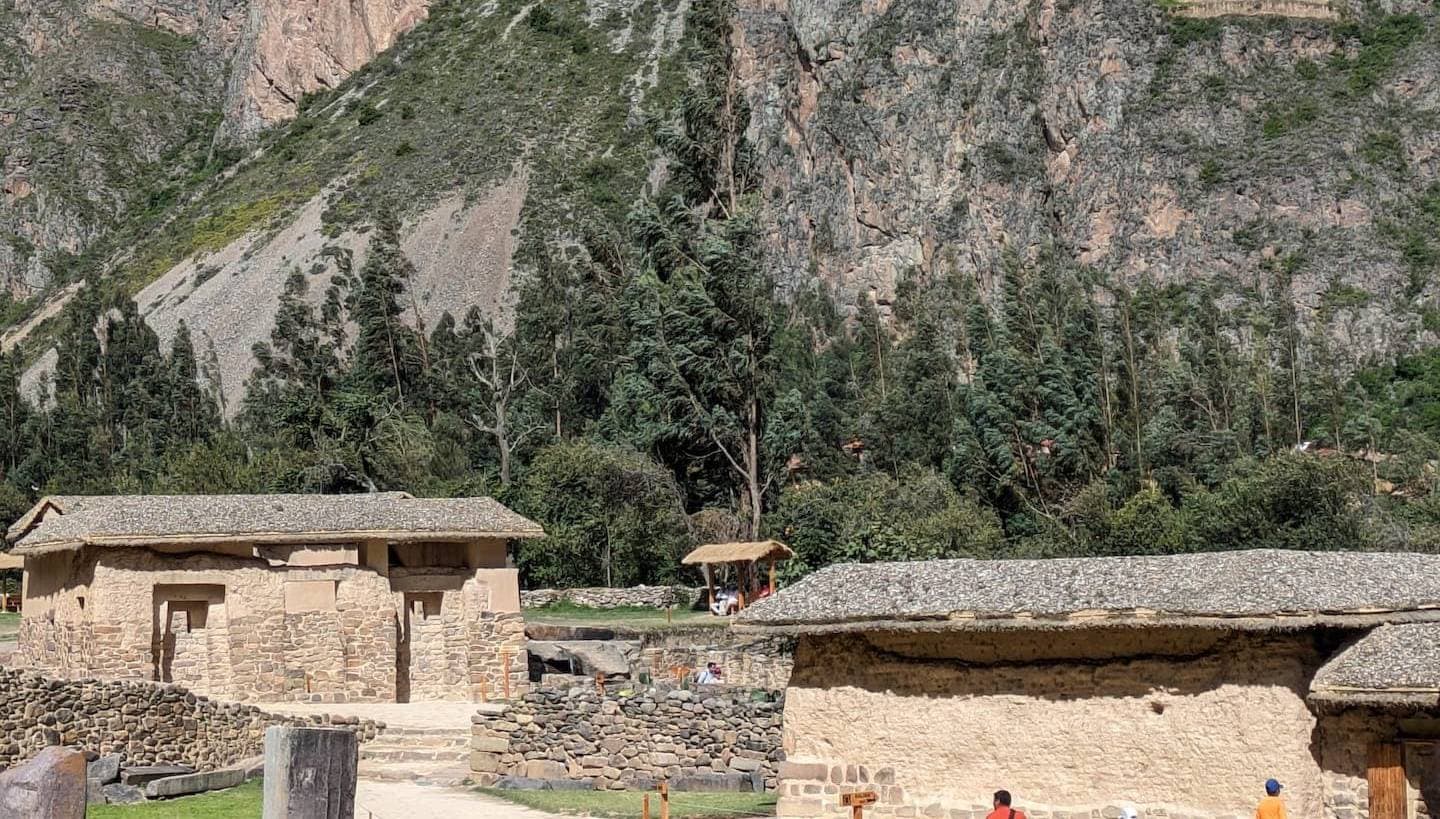ISA Peru Trip 2024: part 2
After an amazing four days in the Peruvian Amazon’s Tambopata National Reserve (part 1), a 45 minute flight brought me from Puerto Maldonado to Cuzco – the Incan capital and gateway to Machu Picchu. Although hotel inspections kept me in the city for the night, our passengers usually go straight to the Sacred Valley, to better acclimatize. And for a good reason. I could still feel the altitude the following morning in Cuzco (11,200ft – 3,400m) and then felt the pressure relieve as we descended towards Pisac and Urubamba.
Visits to cultural centers along the way – Manos de la Comunidad and Awanacancha – provided fun and interesting introductions to local textiles, fauna and history. The driver, guide and I then continued on, to visit more hotels and enjoy a classic Sacred Valley lunch. These large haciendas (ranch style properties), now restaurants, can accommodate a couple, dining a la carte, or large groups, sharing a buffet. Finally settling in at my hotel, looking forward to a tour of the Sacred Valley the following day, we were reminded that a strike preventing the trains going to Machu Picchu was still in effect. Toes and fingers were crossed that an agreement would soon be reached.
Not all of the Sacred Valley helps with acclimatization. Our first stop, Chinchero, is the highest town in the region – even higher than Cuzco (12,300ft – 3,350m)! The site of Peru’s newest airport, scheduled to start operating in 2026, it is also home to some excellent textile weaving centers and expansive Inca ruins, surrounding the beautiful and historic town square. We wondered, how will this be impacted by the influx of tourists from the new airport?

Then it was onwards to the agricultural terraces of Moray. A larger site than I remembered, it is rumored to be either an experimental center for growing potatoes and various grains – with each terrace providing a different variety – or a ceremonial center, where harvests were celebrated. Could have been both! Next stop – the very active and functioning salt mines of Maras. They are not just for tourists. With the emergence of Peruvian gastronomy on the world stage, the special pink salt made here is in high demand across the globe. The salt storage warehouse is absolutely massive – there aren’t enough trucks or roads to keep up with demand!

After another scrumptious buffet lunch and more hotel inspections, we ended at the town and ruins of Ollantaytambo. One of the most important sites in the Inca empire, trains to Machu Picchu depart from there as well. The views of the sun shining through the main temple, its rays glimmering down and across the complex, were breathtaking. If only I had more energy to fully explore it all. It was a long day!

Read more about our Peru tours here
Stay tuned for part three of the trip, to see if I make it to Machu Picchu. And what will more time in Cusco have in store?
